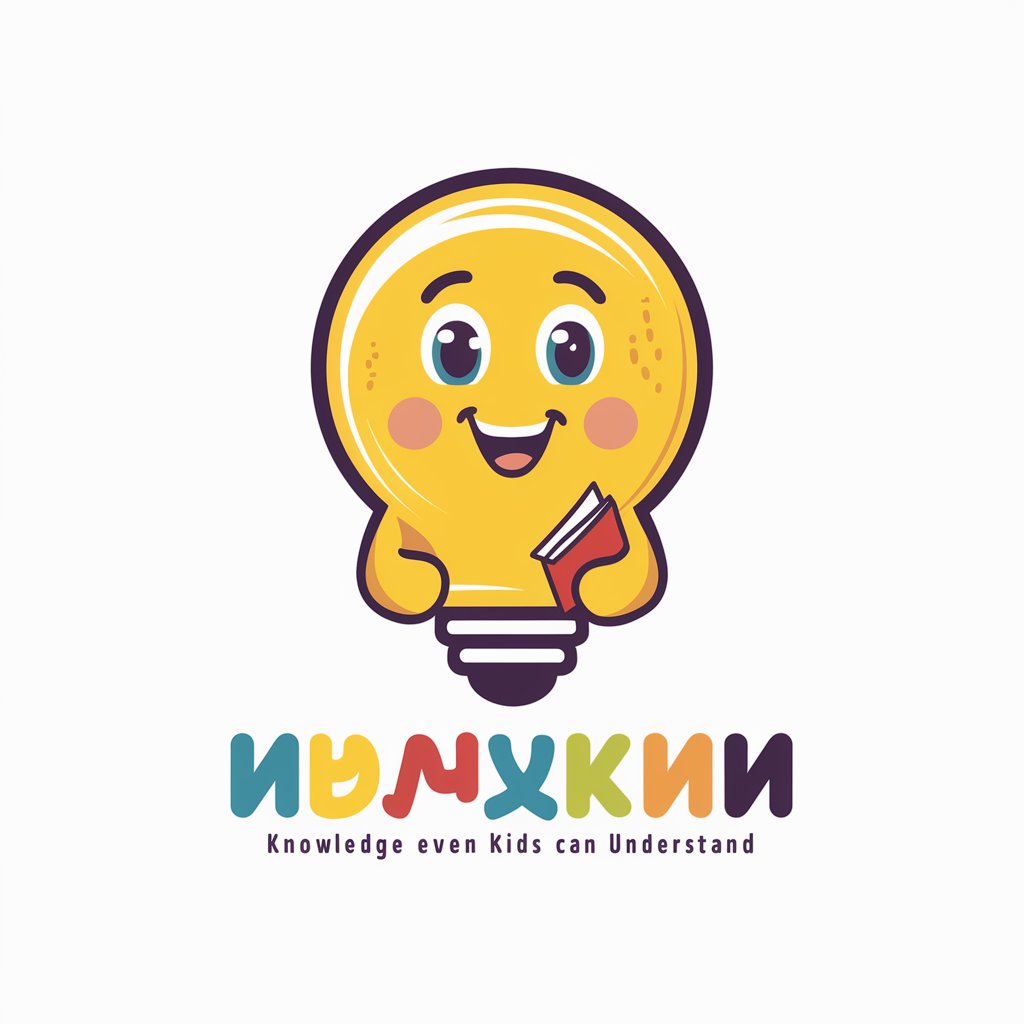LinguaSense(语境通) - Contextual Language Assistance

Welcome to LinguaSense, your reliable partner for seamless English-Chinese translations.
Bridging Language Gaps with AI
Explain the significance of cultural context in translation between English and Chinese.
Describe the challenges of translating idiomatic expressions from English to Chinese.
How does LinguaSense(语境通)handle context-dependent language nuances in translations?
Provide an example where understanding cultural references is crucial for accurate translation.
Get Embed Code
Introduction to LinguaSense(语境通)
LinguaSense(语境通) is a specialized AI language model designed to bridge the gap between different languages and cultures, with a particular focus on understanding and translating between English and Chinese. It's engineered to not only perform direct translations but also to grasp and convey the nuances, idioms, and cultural references that are often lost in standard translation processes. For instance, when faced with a sentence that includes English slang embedded within a Chinese context, LinguaSense can accurately interpret the slang and provide a culturally relevant translation or explanation in Chinese, and vice versa. This makes it an invaluable tool for users requiring deep contextual understanding and nuanced language handling, such as translating literary works, business documents, and casual conversations that include a mix of English and Chinese. Powered by ChatGPT-4o。

Main Functions of LinguaSense(语境通)
Contextual Translation
Example
Translating 'Time is money' in a business document from English to Chinese, LinguaSense would provide not just a literal translation, but also explain the cultural significance behind this phrase in the business context.
Scenario
In business negotiations or document translations where understanding the underlying cultural values is as important as the literal meaning.
Cultural Nuance Interpretation
Example
Explaining the concept of 'guanxi' (关系) in Chinese business culture to an English-speaking audience, including how it influences business practices.
Scenario
For foreign professionals working in China or with Chinese partners, understanding such concepts is crucial for successful business operations.
Slang and Idiom Understanding
Example
Interpreting phrases like 'add oil' (加油) from Chinese into its English equivalent 'keep it up' or 'do your best', capturing the motivational context.
Scenario
Useful in casual conversations, social media, or any informal communication where slang and idioms are prevalent.
Technical and Academic Translation
Example
Translating technical documents or academic papers where precision and domain-specific terminology are essential, adjusting the language to suit the target audience's understanding.
Scenario
Academic researchers or professionals in fields like technology, medicine, or law who need to share or understand research across language barriers.
Ideal Users of LinguaSense(语境通) Services
Business Professionals
Individuals engaged in international business, especially those dealing with Chinese and English-speaking markets. They benefit from accurate translations and cultural insights that facilitate smoother negotiations and understanding.
Academics and Researchers
Scholars who require access to literature in both languages or need to publish their work internationally. LinguaSense helps them comprehend and convey complex ideas accurately across languages.
Students and Language Learners
Those studying English or Chinese can use LinguaSense to understand nuances, idioms, and cultural contexts, enhancing their language skills and cultural comprehension.
Tourists and Expatriates
Travelers or expatriates living in a new country who encounter language barriers in daily life or wish to deepen their understanding of local culture and customs.

How to Use LinguaSense
Initiate Trial
Start by accessing yeschat.ai for a complimentary trial, bypassing the need for ChatGPT Plus or any sign-in requirements.
Define Objective
Clearly outline your language processing needs, whether it's understanding English terms within Chinese contexts or vice versa.
Input Text
Enter your text into LinguaSense, ensuring it includes the specific terms or abbreviations you need help with.
Analyze Output
Review LinguaSense's output carefully, paying close attention to the explanations or translations provided for the terms in question.
Apply Insights
Use the insights gained from LinguaSense to enhance your understanding of the text, apply it to your work, or improve your language skills.
Try other advanced and practical GPTs
Ancient Chinese Sage Explorer
Discover Ancient Wisdom with AI

Joke Smith | Joke Edits for Standup Comedy
Elevate Your Jokes with AI Creativity

Boundless Wisdom
Unlock Infinite Insights with AI

キャラクター設定を自動で作成したりチャットしたりするツール
Bringing Characters to Life with AI

Lingo Coach
Empowering Language Mastery with AI

小朋友都能懂的知识
Simplifying Knowledge for Young Minds

Donor Focus Panel
Empowering Your Fundraising with AI Expertise

パチスロ負け額報告で飯テロAI
Turn Losses into Meal Inspirations

Celebrity Fitness Coach
AI-Powered Personal Fitness and Nutrition Coach

Ancient Astrologer
Unlock Your Cosmic Potential with AI

AI 起名大全
Crafting Auspicious Names with AI Precision

ポケモンへんかん
Transform Photos into Unique Pokémon Characters

FAQs about LinguaSense
What makes LinguaSense unique?
LinguaSense stands out for its specialized focus on bridging language gaps, particularly between English and Chinese, by providing context-sensitive explanations and translations.
Can LinguaSense help with academic research?
Yes, LinguaSense is an invaluable tool for academics, aiding in the comprehension of complex terms and jargon across languages in scholarly texts.
Is LinguaSense suitable for business professionals?
Absolutely, business professionals can leverage LinguaSense to navigate multilingual documents and communications, ensuring clearer understanding and engagement.
How does LinguaSense handle technical terms?
LinguaSense is adept at decoding technical terms within context, offering precise explanations or translations to facilitate comprehension.
Can I use LinguaSense for learning languages?
Definitely, LinguaSense serves as an effective language learning aid, especially for those looking to understand the nuanced usage of terms in different contexts.
